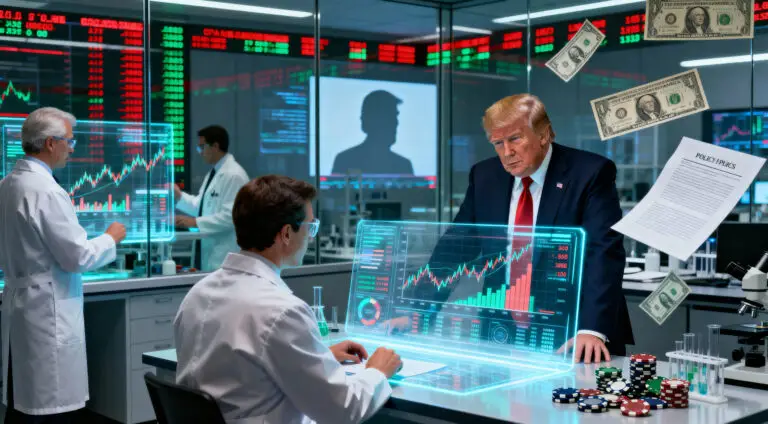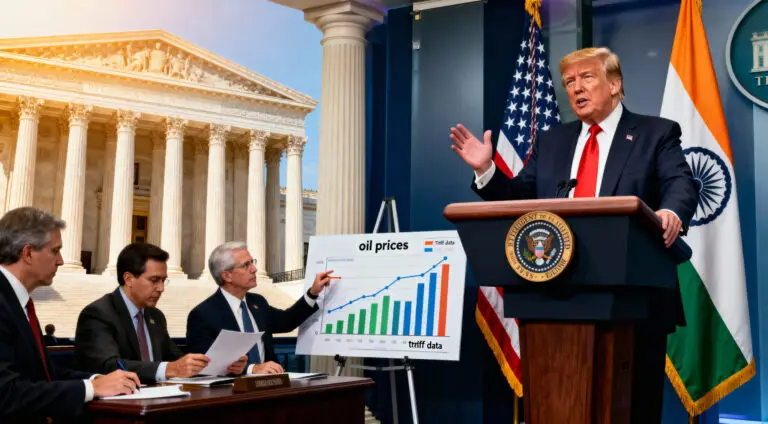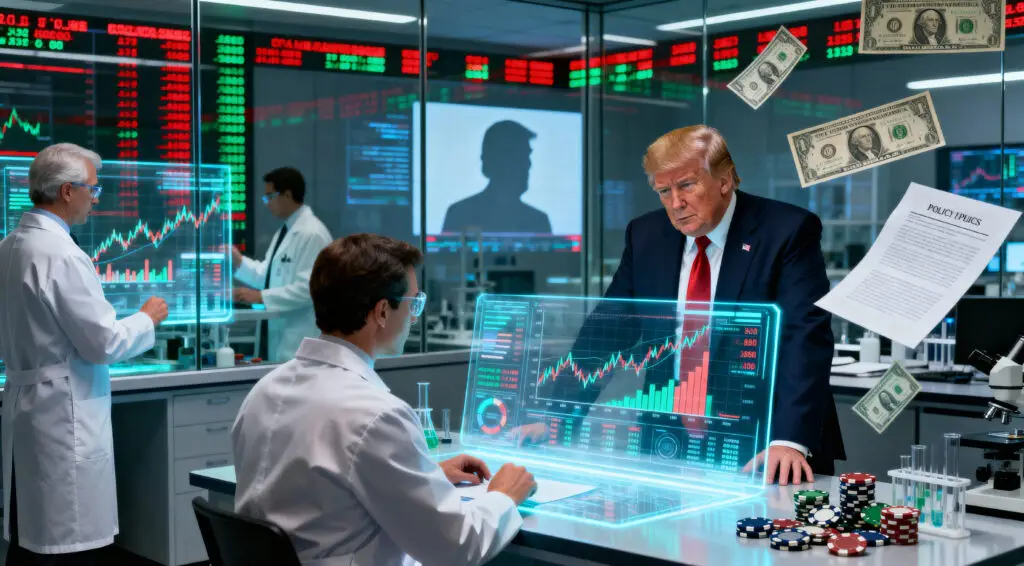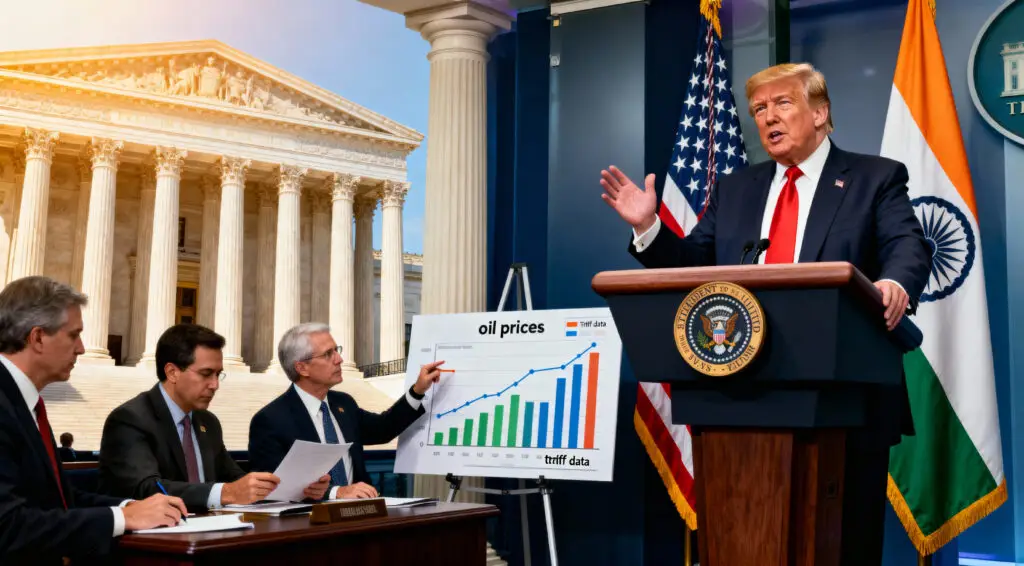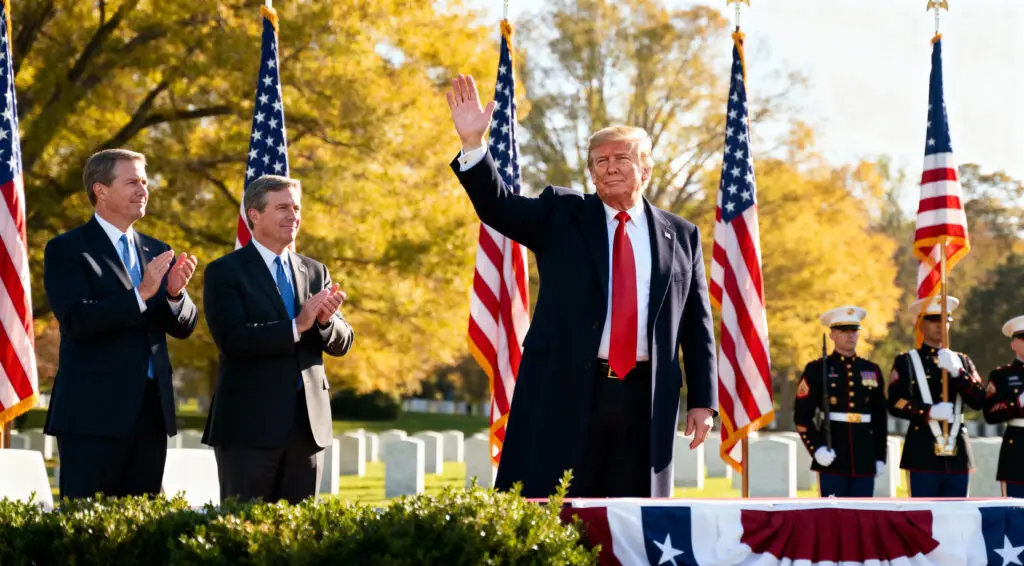MUSCAT, Oman (AP) — Diplomats from Iran and the United States are set to meet Saturday in Muscat, Oman for the third round of direct talks regarding Tehran’s escalating nuclear program. These discussions take place in a wider context of ongoing conflict and intricate diplomacy. This follows one previous in-person meeting in Muscat and another in Rome over the past weekend, demonstrating a tentative and arduous journey toward dialogue concerning proliferation issues.
A Distinct Appeal and Renewed Pressure
As for the new round, the approaches taken by the U.S. side have included both direct appeal and pressure. While speaking on television, Trump told the public and accepted that he sent it by saying, “I’ve written them a letter saying, ‘I hope you’re going to negotiate because if we have to go in militarily, it’s going to be a terrible thing.’” In this case, the negotiational overture was quite distinct alongside militaristic posturing.
Ever since the midterm elections, Trump has escalated sanctions and expanded talk of military action, Israeli or American, against the nuclear weapons facilities. A prior letter from Trump during his first term elicited furious fury from the supreme leader. Nevertheless, with face-to-face meetings between Trump and Kim Jong Un that did not result in comprehensive deals regarding limiting Pyongyang’s nuclear and missile programs, Trump’s letters to Kim Jong Un offering dialogue did result in such engagements. Khamenei has been vociferous in stating that Iran will strike back if attacked.
Negotiation Dynamics: Rounds One and Two
Muscat, which Oman hosted, was the first venue for these negotiations. Araghchi, Iran’s Foreign Minister, and Witteck met face-to-face after indirect interactions and reached an immediate agreement for a second round to be held in Rome last weekend. Ahead of the Rome talks, Witkoff made a TV appearance where he suggested that 3.67% enrichment for Iran could be a concession, aligning with terms under the 2015 nuclear deal. The agreement was entered into under President Obama, whom Trump unilaterally removed the US from in 2018.
Minutes later, Witkoff made a clarifying statement aimed at the public: “A deal with Iran will only be completed if it is a Trump deal.” Reportedly, Araghchi and Iranian officials perceived Witkoff’s comments as he seemed to change his stance multiple times. Regardless, the Rome talks ended with agreement on a schedule for expert-level discussions this Saturday in Muscat. Analysts viewed the outcome of the talks as positive, yet underscored that a lot needs to be resolved for a tentative agreement.
Western Apprehensions: Iran’s Nuclear Development
Iran has claimed the purpose of its nuclear program is peaceful; however, the country has repeatedly threatened to pursue a weapon. Enriching uranium to 60% weapons-grade purity is unique for a non-nuclear weapons state. The 2015 agreement capped Iranian enrichment at 3.67% purity and permitted a 300 kg stockpile. The IAEA’s most recent report estimated Iran’s stockpile of enriched uranium at 8,294.4 kg, of which some was at 60% purity.
United States intelligence believes that Iran has not initiated a weapons program but has “undertaken activities that… better position it to produce a nuclear device, should it make that decision.” Larijani, an adviser to the Supreme Leader of Iran, remarked Iran has the ability but isn’t actively pursuing down that path. He does state, though, that Iran would need to be left unprovoked: “If you make a mistake regarding Iran’s nuclear issue, you will force Iran to take that path, because it must defend itself,” he stated.
Multi-Faceted Anger Spanning Over Decades
The intricacies of the US-Iran relationship date back to American foreign aid discrimination. Iran was a US ally during the Shah’s regime, receiving military aid and hosting CIA monitoring posts after a 1953 coup. This shifted in January of 1979, when the Shah fled due to an Islamic Revolution spearheaded by Ayatollah Ruhollah Khomeini. Later in 1979, students stormed the U.S. Embassy located in Tehran, triggering a 444-day-long hostage crisis and cutting off diplomatic relations. In the subsequent decade, the Iran-Iraq War saw the US siding with Saddam Hussein.
From within the conflict came what was termed the “Tanker War,” which had the US inflicting debilitating strikes on Iran at sea and a US naval ship mistakenly attacking an Iranian commercial airliner, thinking it was a warplane. Since then the relations have flimsily fluctuated between friendship and animosity. The relations were at an all-time high with the 2015 nuclear agreement but worsened with Trump’s withdrawal in 2018, resulting in current strained tensions and complex hostile conditions for the recently held talks in Oman.


